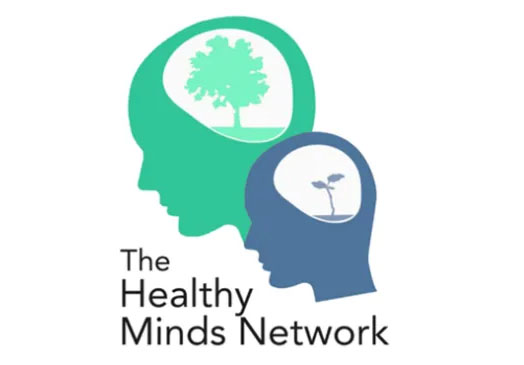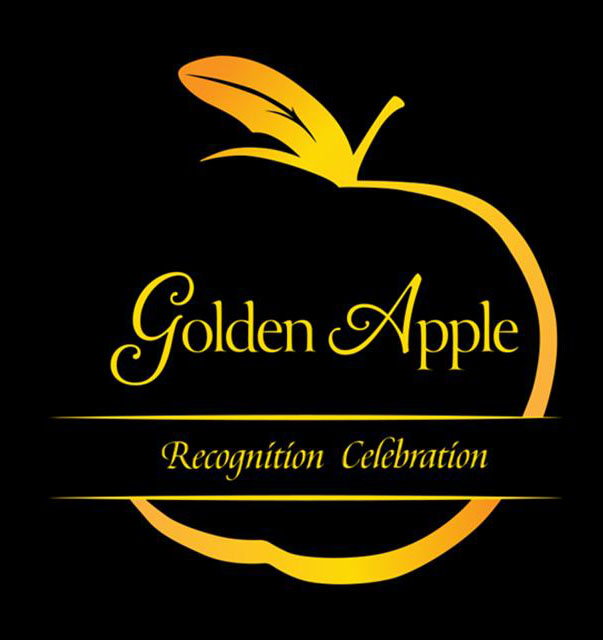Software and software-based products permeate our modern world. We engage with software-defined interfaces everyday — whether it be products designed and developed by huge corporate giants like Microsoft, Google or Apple or any of the many open-source software projects.
While the “big tech” giants’ software products get almost all of the attention — at least in the mainstream — there exists a world of open-source software that we interface with every day and take for granted.
What is open-source software?
Open source is both a type of software and, more broadly, a philosophy. Open-source software is a type of software whose release license enables the users to, “use, study, change and distribute the software to anyone and for any purpose.”
Philosophically, open-source software is about collaboration and transparency in the belief that making code and other creative works freely available for anyone leads to better, more reliable products and fosters a community that empowers all its members.
The impact of open-source
The open-source movement and the resulting software products have had a tremendous impact over the decades. The most popular mobile operating system in Android OS is based on the “Android Open-Source Project (AOSP).” Linux OS, which comes in different flavors or “distros”—is another popular open-source operating system for desktops. Google Chrome browser is based on the “Chromium” open-source project. The vast majority of the “web servers” are open source in either Apache or Nginx. The list is endless.
Open source has made immense contributions to the world. More broadly, it has been responsible for giving computing and software access to millions of people, especially in countries without a significant proprietary software industry.
The frameworks, best practices, security protocols and innovations from the open-source world have flowed into every aspect of modern software development and design, and our world is significantly better off because of it.
Open-source alternatives to proprietary software
While open-source can be powerful and flexible, here are a few open-source alternatives to proprietary software.
• Libre Office.
LibreOffice is a free and open-source office suite, a project of The Document Foundation. It was “forked” in 2010 from OpenOffice.org, an open-sourced version of the earlier StarOffice. LibreOffice includes several applications making it a powerful alternative to proprietary office suites like Microsoft Office.
• Firefox browser/Chromium browser.
Firefox is a privacy-focused, independent browser developed by Mozilla. Chromium is an open-source foundation for fast browsers like Chrome and Edge, without proprietary integrations.
• Linux-based operating system.
Linux is a family of open-source operating systems that offer powerful features and versatility. Popular options of ‘distros’ include Ubuntu, Fedora and Arch Linux. They are a great alternative to Microsoft Windows or Apple’s macOS
• VLC Media Player.
VLC Media Player is a feature-packed media player that supports a wide variety of multimedia formats. While many consumers may already use Great alternative for Windows Media Player or Apple’s media player.
• GIMP (GNU Image Manipulation Program) for Adobe Photoshop.
GIMP is a free and open-source alternative to Adobe Photoshop, offering powerful photo editing, image creation, and graphic design capabilities. Popular with artists, designers, and web developers, it supports various file formats and boasts a large community for plugins and tutorials.
Conclusion
Open-source software has had a profound and immeasurable impact. While the headlines may praise the software giants’ products, it’s also useful to keep in mind that a good chunk of today’s proprietary software started their life as an open-source project, contributed by volunteers.
How will you get involved and make your contribution?


























